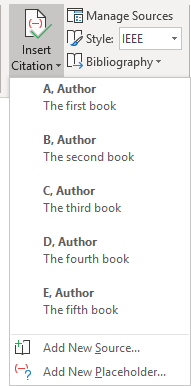
Once a user opens the app, he only consumes 1 capacity. It's a capacity that is allocated per environment and does not require #ITadmins to manage individual user licenses in the Office 365 portal. The #PowerApps per App plan is often a good option for organizations where adoption is still low and/or in areas of the business where there is a lot of employee turnaround or seasonality (retail and manufacturing first line workers). A link to the full licensing guide is included at the top for reference. Summarizing products with so many differences in their capabilities and business models is challenging. So about the chart below a lot has been left out for simplicity sake. We will look at how to leverage the the various licensing model and maximise ROI next week.


More over, it allows #IT and #Business decision makers to better manage their initial investment in a new platform and add capacity when needed or even switch business model entirely as #adoption grows in the organization. While most people are familiar with assigning a SaaS user license to individual employees (Like #Office365 and #Dynamics365), there are many situations where a capacity based model typically found in PaaS (like the #Azure #Cloud) brings additional flexibility to larger scale initiatives or when sharing common resources like #AI and #Storage is needed. I often refer to the Power Platform as an hybrid between #SaaS and #PaaS. If you missed Monday's post, the link in the first comment.

Next in our #PowerPlatform #Licensing simplification effort we tackle the various "capacity based" licenses and "add-ons" of our #Lowcode Platform.


 0 kommentar(er)
0 kommentar(er)
